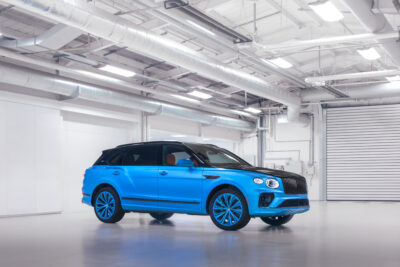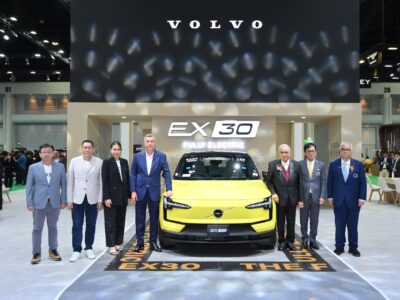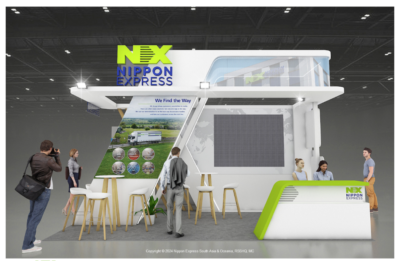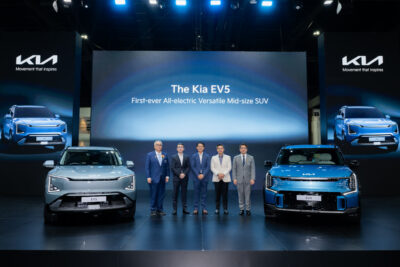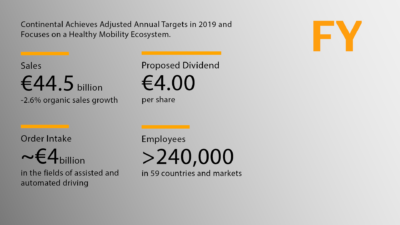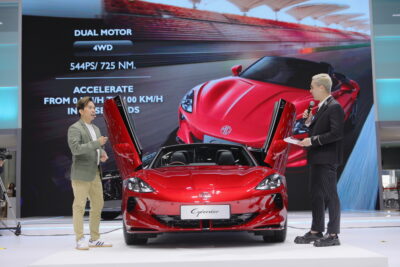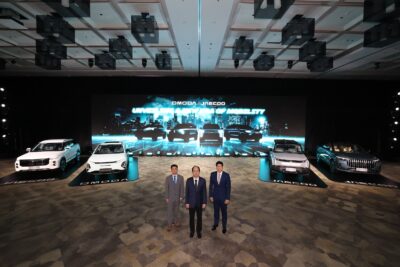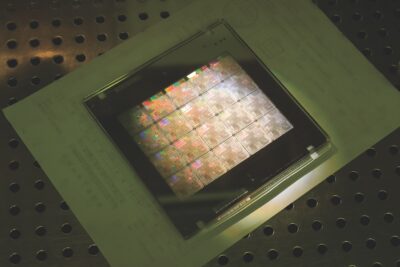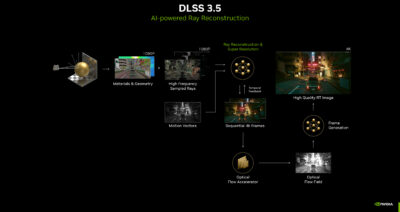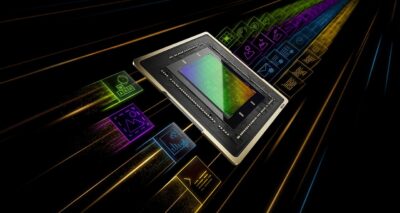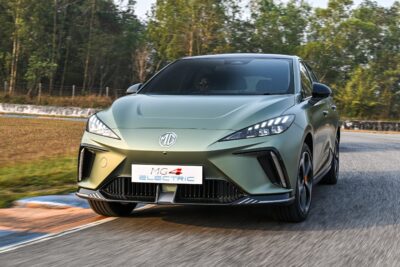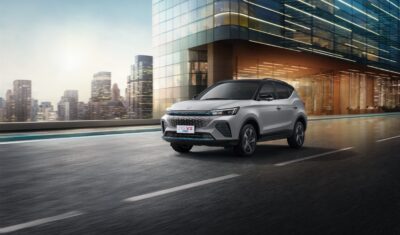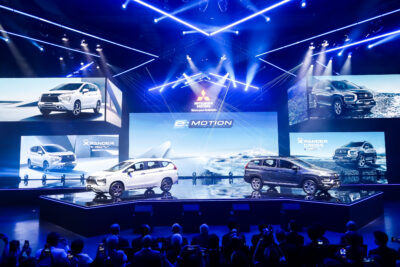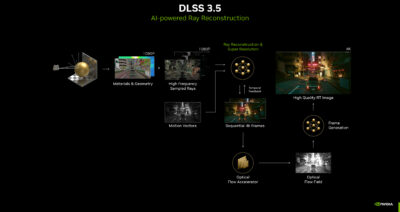

The first generation NSX, built from 1990 though 2005, was conceived during the 1980s during the exuberance of Japan’s economic boom. It became the goal of Honda to build a car to match if not surpass the Ferrari V8 model lineup, while offering better reliability and at a lower price point. The world’s first production car with an all-aluminum body, the NSX developed a name for itself over the course of the 1990s as a practical exotic, a high-performance, mid-engine car that could be driven every day.
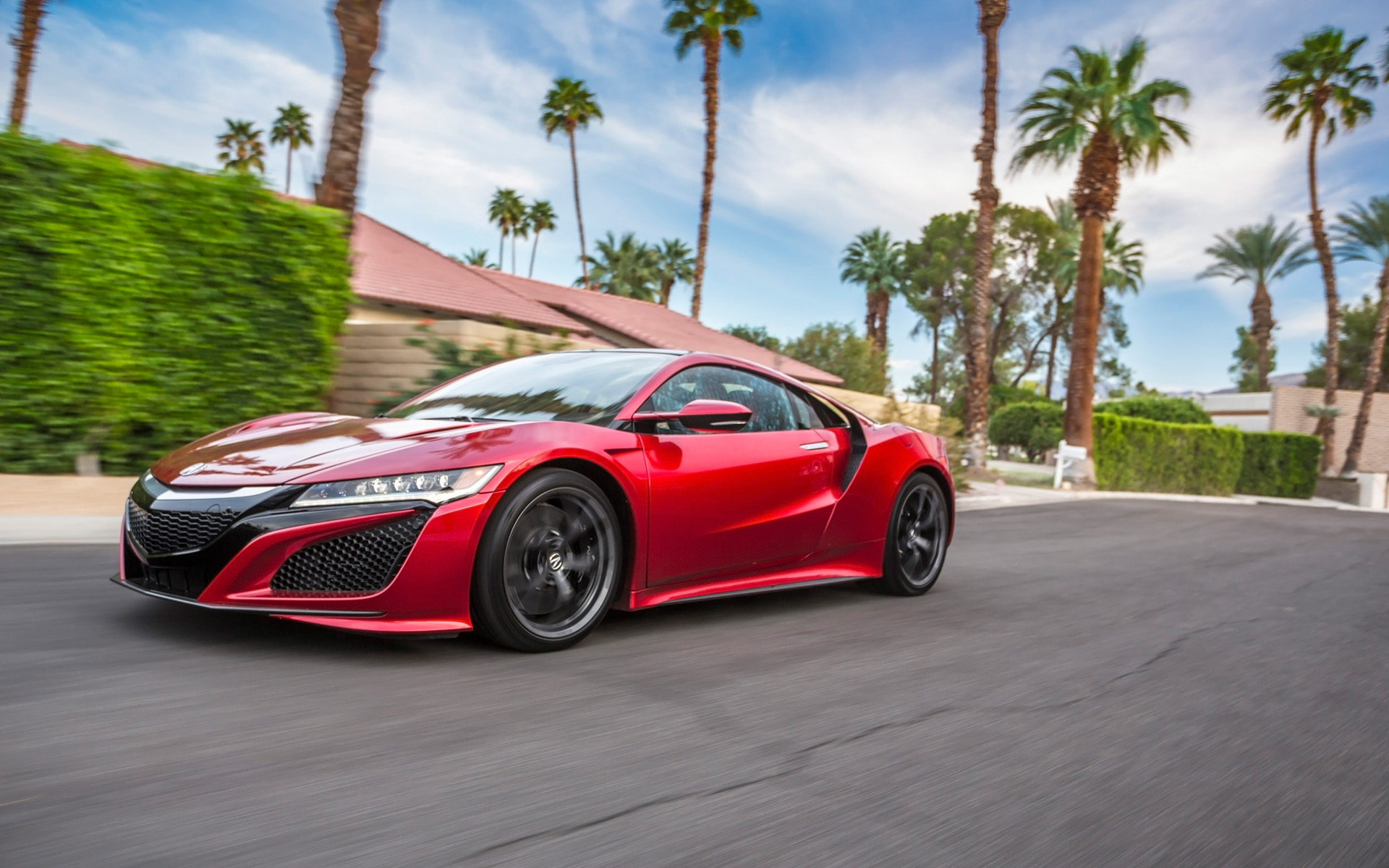

Which brings us to the latest incarnation, a hybrid design with 2 electric motors driving the front wheels, and a rear electric motor working with a 3.5 liter twin-turbocharged V6 in a layout reminiscent of the far pricier limited-edition Porsche 918. It’s perhaps surprising how little overall system power the electric engines offer given their extra weight and complexity. The V6 produces 500 hp @ 7500 rpm, while total system power with the electric engines is 573 hp. 73 hp by itself doesn’t seem like a lot, but the real benefit is in the details.
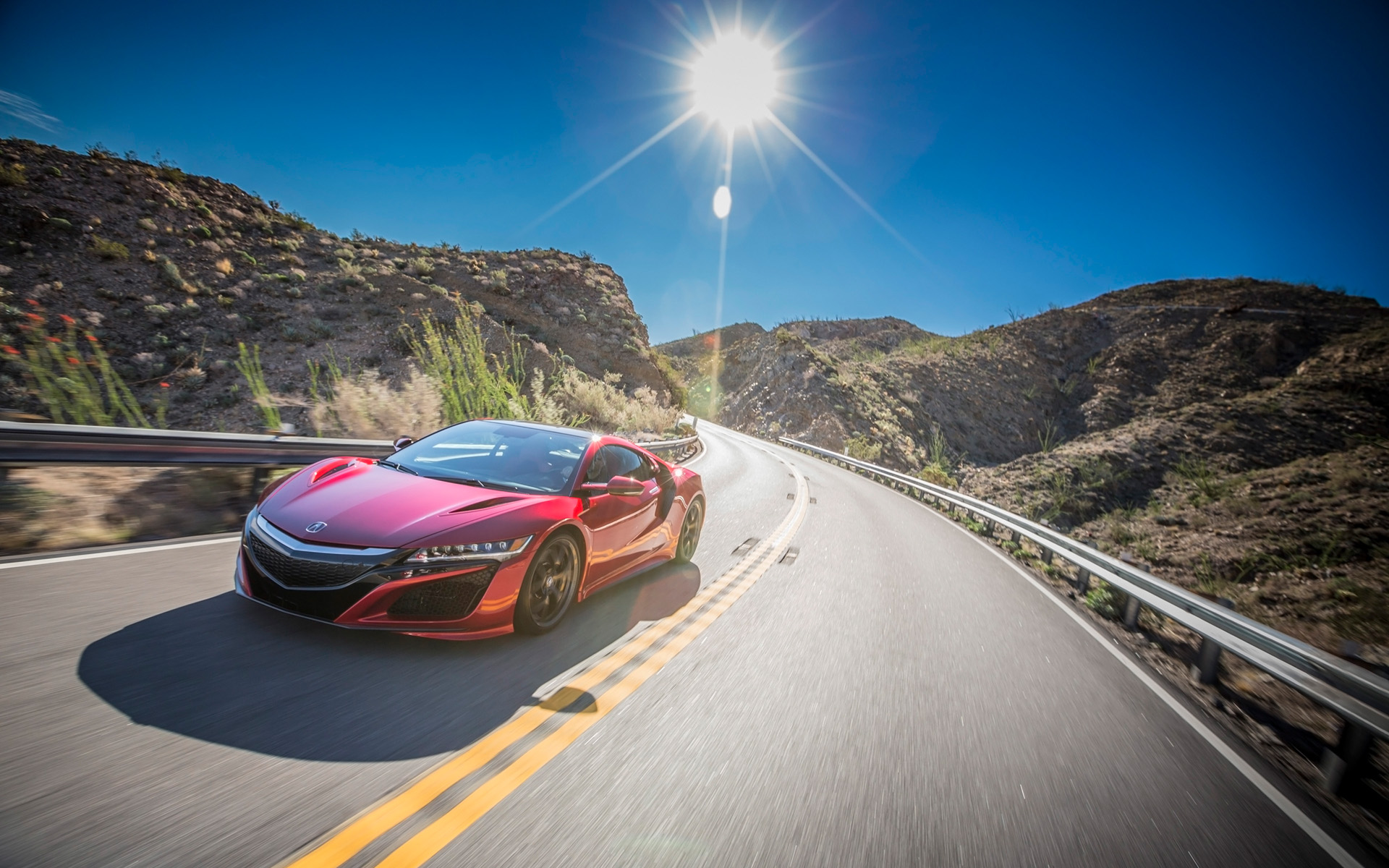
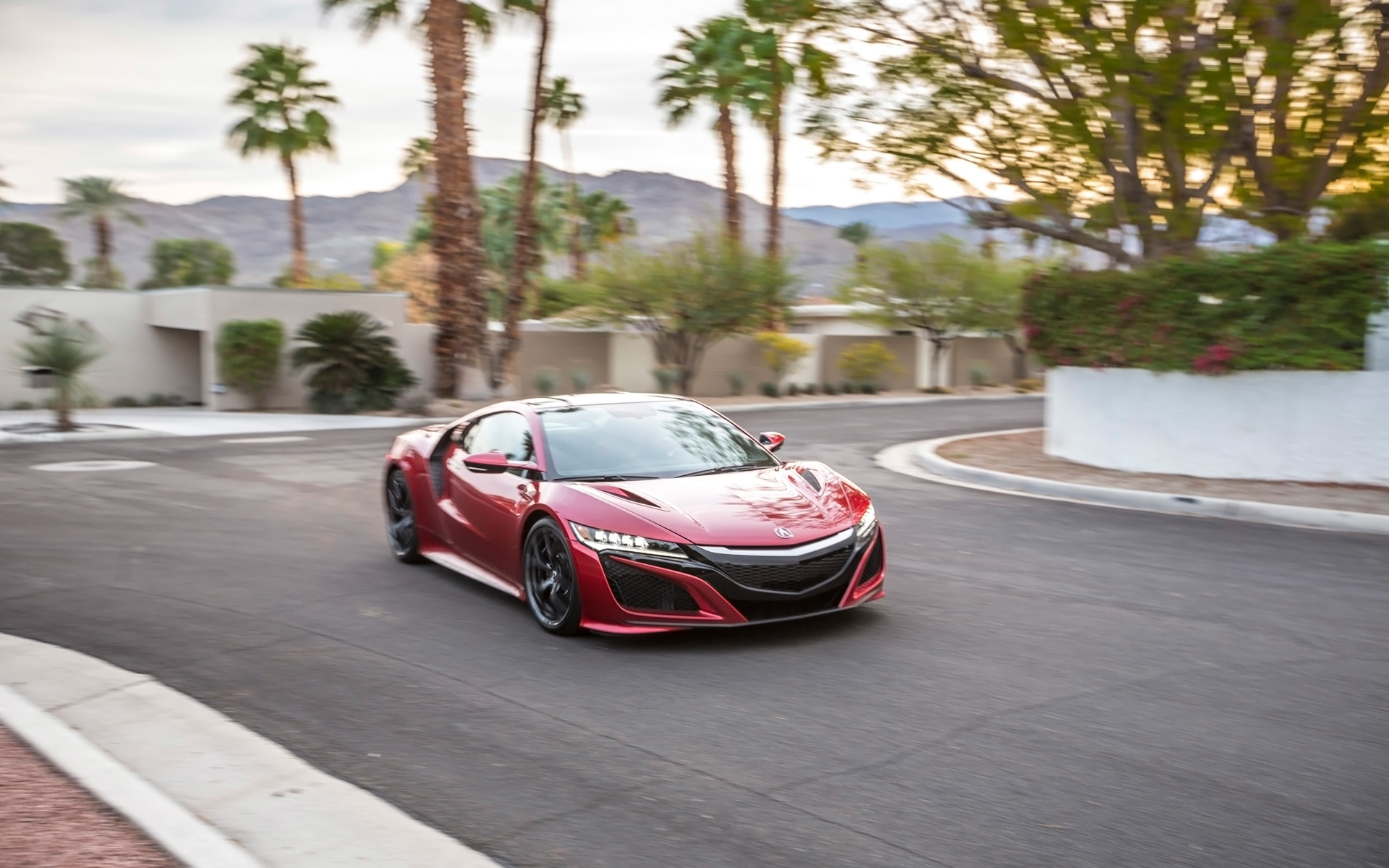
The active AWD from the front electric motors offers direct yaw control for improved agility and responsiveness, plus the immediate torque response works with the engine to fill any gaps in power delivery. Added benefits include available modes for improved fuel efficiency and even silent operation up to about 40 mph.

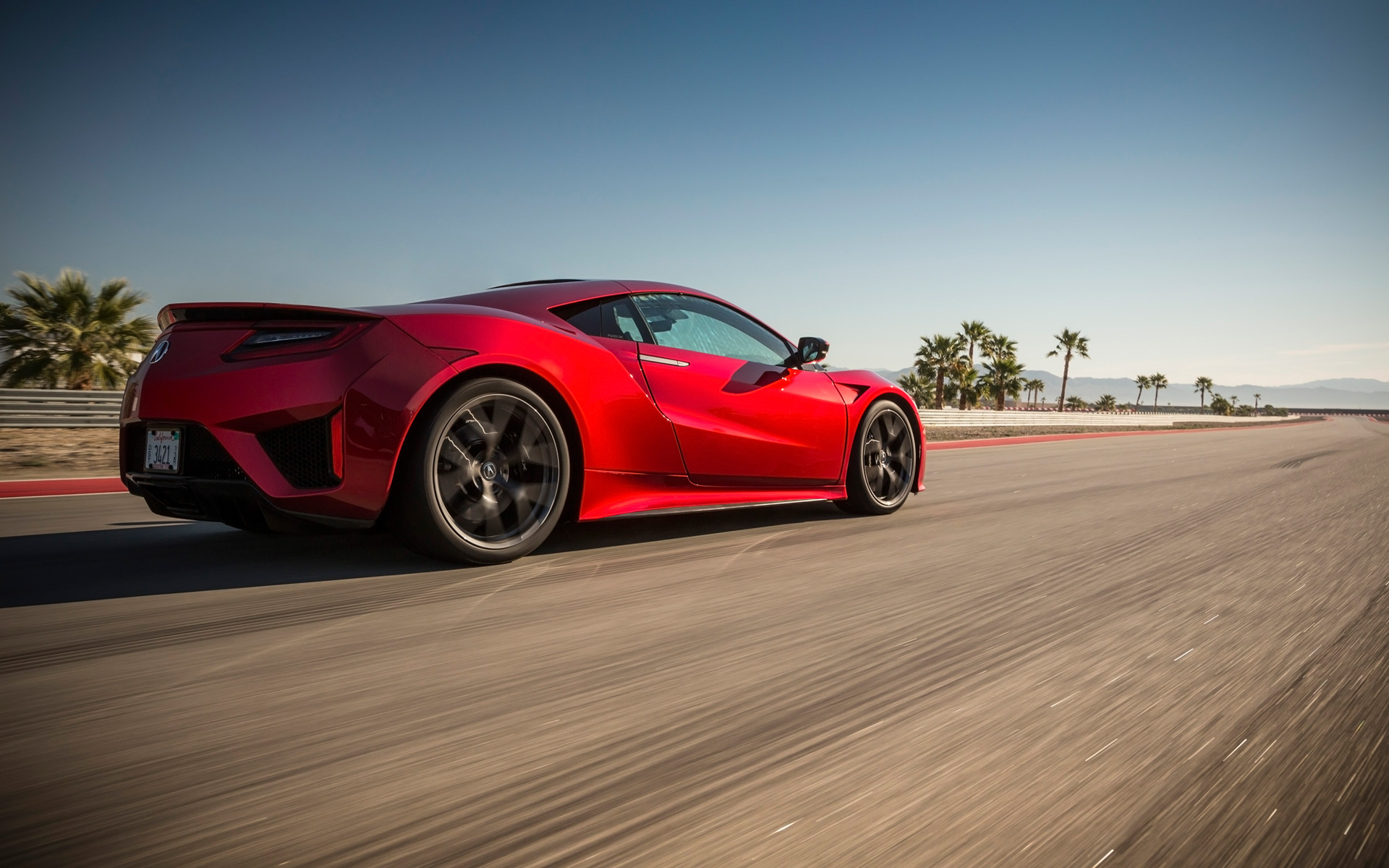
Performance specs include a 0-60 mph time of 3.1 seconds and a top speed of 191 mph.
Given its high-tech nature, one perhaps surprising omission is all-wheel steering, as both Honda and Acura have been at the forefront of its development. The 1988 Prelude couple was the first car with all-wheel steering sold in North America. With that said, this is still an extremely complex and ambitious supercar. Acura is entering a far more competitive landscape than they did in 1990, and what they bring to the table is a visionary technical design that will probably be the supercar standard through the 2020s.






The first generation NSX, built from 1990 though 2005, was conceived during the 1980s during the exuberance of Japan's economic boom. It became the goal of Honda to build a car to match if not surpass the Ferrari V8 model lineup, while offering better reliability and at a lower price point. The world's first production car with an all-aluminum body, the NSX developed a name for itself over the course of the 1990s as a practical exotic, a high-performance, mid-engine car that could be driven every day.


Which brings us to the latest incarnation, a hybrid design with 2 electric motors driving the front wheels, and a rear electric motor working with a 3.5 liter twin-turbocharged V6 in a layout reminiscent of the far pricier limited-edition Porsche 918. It's perhaps surprising how little overall system power the electric engines offer given their extra weight and complexity. The V6 produces 500 hp @ 7500 rpm, while total system power with the electric engines is 573 hp. 73 hp by itself doesn't seem like a lot, but the real benefit is in the details.


The active AWD from the front electric motors offers direct yaw control for improved agility and responsiveness, plus the immediate torque response works with the engine to fill any gaps in power delivery. Added benefits include available modes for improved fuel efficiency and even silent operation up to about 40 mph.


Performance specs include a 0-60 mph time of 3.1 seconds and a top speed of 191 mph.
Given its high-tech nature, one perhaps surprising omission is all-wheel steering, as both Honda and Acura have been at the forefront of its development. The 1988 Prelude couple was the first car with all-wheel steering sold in North America. With that said, this is still an extremely complex and ambitious supercar. Acura is entering a far more competitive landscape than they did in 1990, and what they bring to the table is a visionary technical design that will probably be the supercar standard through the 2020s.









